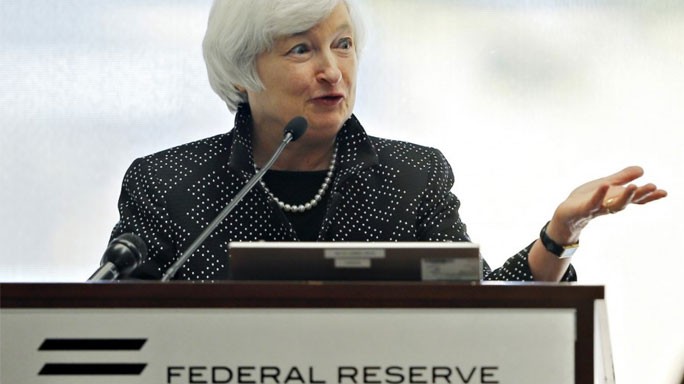Ralph Solveen, deputy head of Commerzbank's research group, is confident: "On Wednesday, it'll finally happen. The US central bank will raise its core interest rate for the first time in nine years, and with that, it'll end its long era of effectively zero interest rates."
"Three, two, one - liftoff!" is a catchphrase some economists have used in describing the long-awaited, oft-delayed move.
It's going to have consequences - not only for the US economy, but also for Europe, Asia and emerging economies. Unlike the Fed, the European Central Bank (ECB) looks set to carry on with its near-zero interest rate policy for a long time to come. For one thing, ECB president Mario Draghi is still zealously fighting a supposed threat of deflation in the eurozone, and for another, the post-GFC (global financial crisis of 2007-2008) recovery remains much too fragile to risk any increase in interest rates at this time.
Euro-dollar parity?
If the Fed increases its interest rate, other interest rates will also rise. That will cause more investment money to be invested in dollar-denominated fixed-rate assets such as bonds. The increase in demand for dollars will increase their relative price on foreign exchange markets - i.e. the dollar will rise in purchasing power compared to the euro or other currencies.
Janet Yellen, Fed chairperson, had to finally increase interest rates in line with widespread expectations, in order to maintain credibility
Right now, the exchange rate is at 1.09 dollars to the euro. As the Fed increases the core interest rate in dollar-denominated financial markets, the exchange rate will drop - quite possibly all the way down to 1:1 parity between the dollar and the euro.
European companies that sell export goods priced in dollars should benefit, since they will be able to trade those dollars for more euros - even as the wages they pay in euros remain the same as before. European exporters sell their goods in exchange for dollars not only in the US, but also in many other markets, including Asia, where international trade mostly remains dollar-denominated.
See more at:
DW





